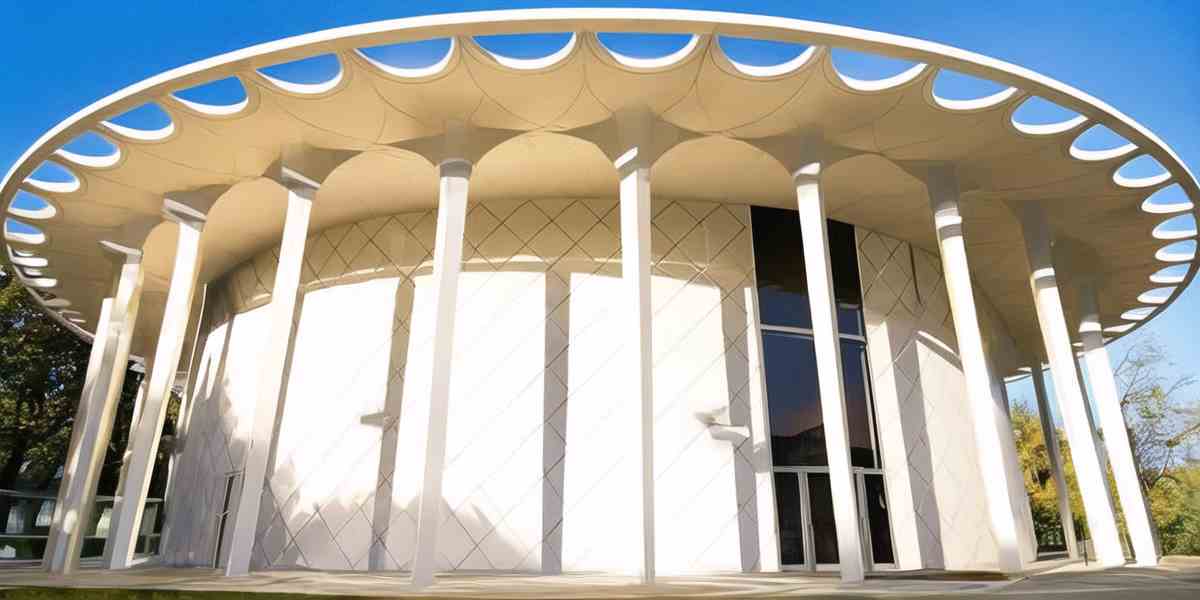California Institute of Technology
2024 USNews Best Colleges Ranking: 7(↑2) (Click for schools/majors ranking)
Abbreviation/Alias: Caltech
School Characteristics: Private, non-Profit (4-Years)
Calendar systerm: Quarter
Religious Affiliation: Not applicable
School Chief: Thomas F. Rosenbaum (President)
Website: www.caltech.edu/; Phone: 6263956811
Location: 1200 E California Blvd, Pasadena, CA, 91125

California Institute of Technology Important Facts
California Institute of Technology Degrees and Majors
California Institute of Technology Ranking and Admission
California Institute of Technology Admission Score Requires
*Numbers at left represent SAT/ACT submitting percentage, numbers on blue blocks represent 25%-75% admission scores
**Drag green block to check data for different years, click blue block to check scores trends
California Institute of Technology Students Diversity
California Institute of Technology Students Age Distribution
California Institute of Technology International Students Trends
California Institute of Technology Campus and Safety
Nearby Top Colleges
Campus Safety
Reference
- California Institute of Technology Official Website
- USNews Best Colleges Ranking
- USNews Bset Global Universities Ranking
- THE World University Ranking
- QS World University Ranking
- ARWU World University Ranking
- US Department of Education College Scorecard
- National Center for Education Statistics
- Forward Pathway US College Ranking Database
 California Institute of Technology Important Facts Trends
California Institute of Technology Important Facts Trends
 California Institute of Technology degrees/majors
California Institute of Technology degrees/majors
California Institute of Technology major details
*Depends on whether majors have graduates in 2022 or not, Yes / No
**Move mouse on can check deitaled graudates number, click for major detailed information
***Due to privacy policy, graduate salaries are not shown for some majors that has few gradautes
| Major | Graduate Salary | Under | Master | Doctor |
|---|---|---|---|---|
| Astrophysics. | - | |||
| Planetary Astronomy and Science. | - | |||
| Chemistry, General. | $117,188 | |||
| Geology/Earth Science, General. | - | |||
| Geochemistry. | - | |||
| Geophysics and Seismology. | - | |||
| Physics, General. | - |
| Major | Graduate Salary | Under | Master | Doctor |
|---|---|---|---|---|
| Information Science/Studies. | - | |||
| Computer Science. | - |
| Major | Graduate Salary | Under | Master | Doctor |
|---|---|---|---|---|
| Biology/Biological Sciences, General. | - | |||
| Biochemistry and Molecular Biology. | - | |||
| Neuroscience. | - | |||
| Neurobiology and Neurosciences, Other. | - |
| Major | Graduate Salary | Under | Master | Doctor |
|---|---|---|---|---|
| Mathematics, General. | - | |||
| Computational Mathematics. | - |
| Major | Graduate Salary | Under | Master | Doctor |
|---|---|---|---|---|
| Mathematics and Computer Science. | - |
| Major | Graduate Salary | Under | Master | Doctor |
|---|---|---|---|---|
| Econometrics and Quantitative Economics. | - |
| Major | Graduate Salary | Under | Master | Doctor |
|---|---|---|---|---|
| Business/Managerial Economics. | - |
 California Institute of Technology Schools/Majors Ranking
California Institute of Technology Schools/Majors Ranking
Under Ranking (2024)
- Engineering School# 5(↓1)-
- Mechanical Engineering# 6(↑2)
- Electrical / Electronic / Communications# 6(↓1)
- Chemical Engineering# 7(→)
- Aerospace# 7(↓3)
- Materials Engineering# 10(↑1)
- Computer Engineering# 10(↓1)
- Civil Engineering# 15(↓2)
- Biomedical Engineering# 18(↑2)
- Environmental / Enviromental Health# 18(→)
- Industrial / Manufacturing# -(↓21)
- Computer Science# 6(↑3)+
World University Ranking
Grad Ranking (2025)
- Engineering School# 7(→)-
- Aerospace/Aeronautical/Astronautical Engineering# 2(→)
- Chemical Engineering# 2(→)
- Mechanical Engineering# 3(↑1)
- Electrical / Electronic / Communications# 4(→)
- Materials Engineering# 10(↓2)
- Biomedical Engineering# 10(↑3)
- Civil Engineering# 16(↓4)
- Environmental / Enviromental Health# 21(→)
- Computer Engineering# -(↓8)
- Science+
- Social Sciences and Humanities+
*Rankings have been updated to 2025USNews schools/majors ranking, rankings are for reference only
*numbers in bracket represent rankings change compare to last version
 California Institute of Technology Varsity Athletes
California Institute of Technology Varsity Athletes
| NCAA Division III without football | MEN | WOMEN |
|---|---|---|
| Soccer | 29 | 28 |
| Swimming and Diving (combined) | 30 | 20 |
| Track and Field (Outdoor) | 30 | 17 |
| Basketball | 17 | 15 |
| Cross Country | 17 | 12 |
| Tennis | 12 | 14 |
| Baseball | 25 | - |
| Water Polo | 10 | 11 |
| Volleyball | - | 14 |
| NCAA Division III without football | MEN | WOMEN |
|---|---|---|
| Swimming and Diving | 29 | 14 |
| Soccer | 18 | 19 |
| Track and Field, X-Country | 19 | 15 |
| Track and Field, Outdoor | 18 | 15 |
| Water Polo | 14 | 13 |
| Tennis | 14 | 12 |
| Basketball | 10 | 11 |
| Baseball | 19 | - |
| Volleyball | - | 17 |
| NCAA Division III without football | MEN | WOMEN |
|---|---|---|
| Soccer | 21 | 27 |
| Track and Field, Outdoor | 24 | 17 |
| Swimming and Diving | 22 | 12 |
| Basketball | 19 | 13 |
| Track and Field, X-Country | 16 | 12 |
| Water Polo | 14 | 11 |
| Baseball | 19 | - |
| Tennis | 12 | 6 |
| Volleyball | - | 14 |

 California Institute of Technology Important Facts Trends
California Institute of Technology Important Facts Trends
















































































































































































































































































































































































































































